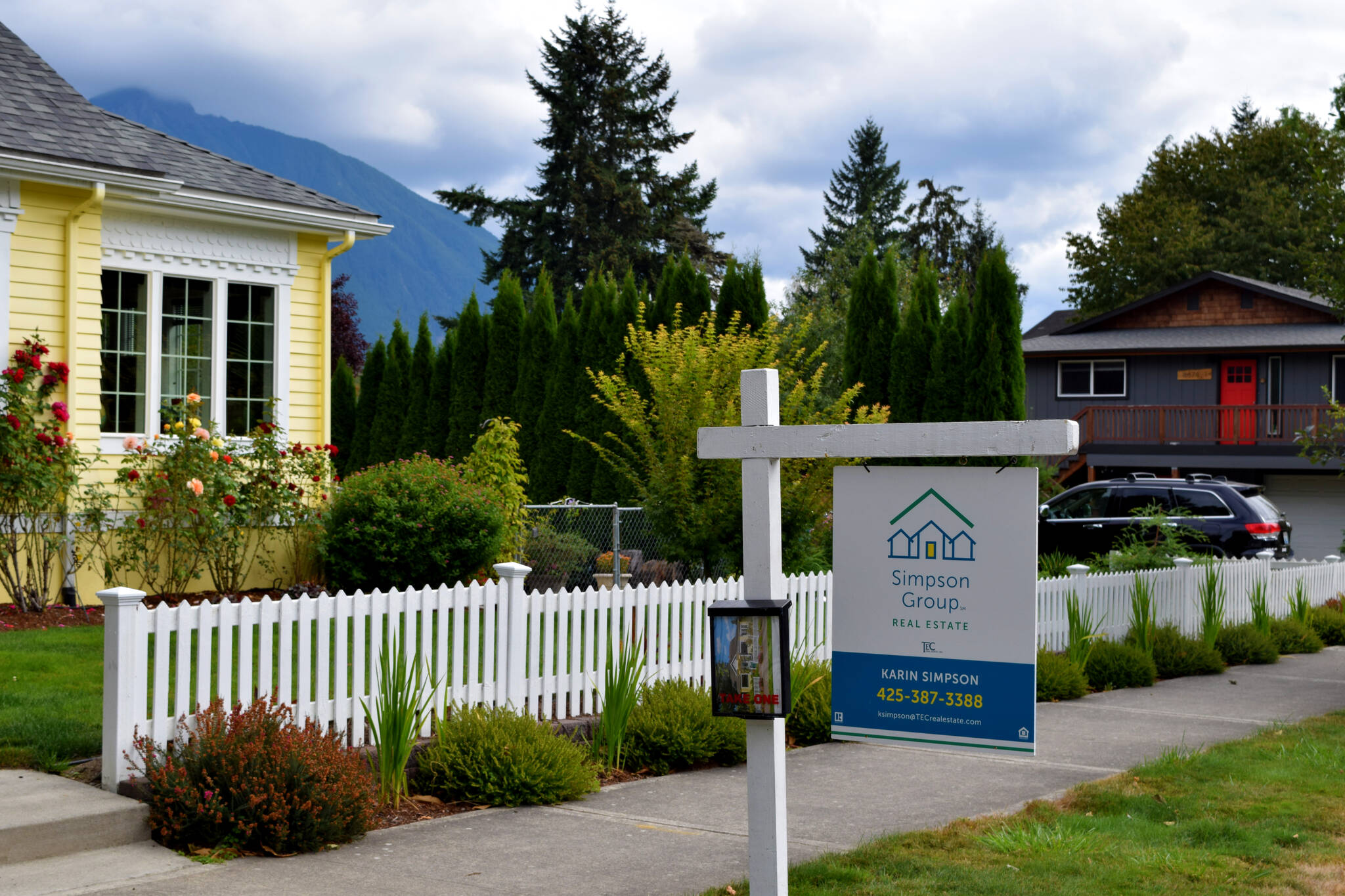By Conor Wilson,
For the Valley Record
The Snoqualmie Valley’s housing market remained quiet through the first month of the year, as high interest rates have compounded the usually slow winter market.
Fewer homes were for sale across King County compared to this time last year, according to a monthly housing snapshot published by the Northwest Multiple Listing Service on Feb. 5. On the Eastside, active listings declined 40% year-over-year.
An even larger slump was observed in the “East of Lake Sammamish” subregion (including Snoqualmie, North Bend, Fall City, Sammamish and Issaquah). Active listings there were down 57% compared to January 2023.
Housing inventory is typically lower in the winter, before picking up in the spring, but this year’s offerings are particularly limited. High interest rates have given many homeowners less incentive to sell their homes and purchase a new dwelling at a less favorable rate.
The average 30-year fixed mortgage loan ended last month at about 6.6%. That is down from a 20-year high of nearly 8% observed last fall, according to Sammamish Mortgage, but is still well above rates that most homeowners who bought homes in the past decade are locked into.
“Seller reluctance has led to a continued decline in year-over-year inventory levels,” Mason Virant, associate director of the Washington Center for Real Estate Research, said in a news release. “Low levels of for-sale inventory have led to increased competition among buyers.”
In the Snoqualmie Valley, the market is likely to be “much of the same story,” says Brian Davis, owner and founding broker at Snoqualmie Valley Real Estate. Like the last few years, inventory will remain tight and demand will remain high.
“Things are not going to change until rates drop significantly,” Davis said.
Compared to other parts of King County, the Valley always has lower built-in inventory. And while there are several new housing developments in the pipeline, they are not plentiful enough to quell the market intensity, Davis said.
The result is a market partial to sellers. In January, the median-home price in the East of Lake Sammamish subregion climbed to $1.38 million, up 11% from last year.
Prices on the rest of the Eastside were up 10%, at a median price of $1.32 million.
Despite the low inventory, buyers were still more active on the market than they were a year ago. The East of Lake Sammamish subregion and Eastside-at-large saw upticks of 2% and 11% respectively in the number of homes sold, NWMLS reported.
Sales for condos specifically — which also had a decline in active listings from a year ago, but unlike other homes saw an increase in new listings — rose 17% on the Eastside and 50% in the East of Lake Sammamish subregion.
The rise could indicate that buyers who’ve been on the sidelines in recent years, waiting for a more favorable market to materialize, are finally ready to make an earnest effort for a new home regardless of the market. Davis predicted buyers this year may will take an “I’m in it no matter what” approach.
“They can’t wait on the sidelines anymore,” he said. “They’ve seen the same things play out over and over.”


